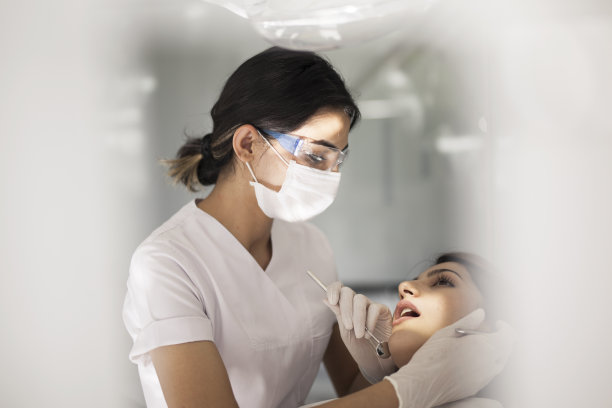The Journey from Pain to Relief Understanding the Process of Extracting a Tooth and Its Aftercare
Summary: Extracting a tooth can be a daunting experience that many individuals face at some point in their lives. This article discusses the journey from pain to relief, highlighting the process of tooth extraction and the vital aftercare necessary for optimal recovery. First, we will explore the reasons for tooth extraction, followed by a detailed overview of the extraction process itself. Next, we will shed light on the aftercare protocols that are crucial for minimizing discomfort and promoting healing. Finally, we will review common pitfalls to avoid post-extraction, ensuring that readers have a comprehensive understanding of the entire journey. By the end of this article, individuals will be better prepared to navigate the tooth extraction process with confidence.
1. Reasons for Tooth Extraction

There are multiple reasons why a tooth may need to be extracted. The most common cause is severe tooth decay that has compromised the structural integrity of the tooth. When decay penetrates deep into the tooth pulp, it can lead to infection and extreme pain, often necessitating extraction as the only viable solution. Additionally, periodontal disease, characterized by gum infections and bone loss, can render teeth unsalvageable.
Another common reason for tooth extraction is overcrowded teeth, especially in cases where individuals require orthodontic treatment. By removing one or more teeth, dentists can create adequate space for proper alignment and positioning of the remaining teeth. Lastly, wisdom teeth removal is especially common among young adults, as these teeth often become impacted or fail to emerge properly, leading to pain and complications.
2. Understanding the Extraction Process
The tooth extraction process begins with a thorough consultation and examination. During this initial phase, the dentist will assess the tooth and surrounding tissues, often utilizing X-rays for a comprehensive view. Following the evaluation, the dentist will discuss the extraction method, whether it’s a simple extraction using local anesthesia or a more complex surgical extraction requiring sedation.
Once the plan is set, the procedure begins. For a simple extraction, the dentist will numb the area and loosen the tooth using specialized tools. In the case of surgical extraction, incisions may be necessary to remove impacted teeth. Regardless of the method, the focus remains on minimizing discomfort and ensuring a safe procedure.
After the extraction, the dentist will clean the area and may place stitches if needed. Instructions for aftercare and pain management will be provided, emphasizing the importance of adhering to them for a smooth recovery process. Patients can expect some swelling and discomfort initially, which typically subsides over time.
3. Essential Aftercare Instructions
After a tooth extraction, following the dentists aftercare instructions is vital for recovery. The first days post-extraction are critical; patients are advised to rest and avoid strenuous activities to prevent complications. Keeping the head elevated can also reduce swelling. Cold compresses can be applied to the face to alleviate discomfort and inflammation.
Diet plays a significant role in the recovery process. Patients are usually advised to stick to soft foods and remain hydrated while avoiding hot, spicy, or crunchy foods that can irritate the extraction site. Its essential to chew away from the extraction area until it has healed adequately.
Maintaining oral hygiene is also crucial, but caution is necessary. While brushing the teeth is important, patients should avoid the extraction site for the first few days to prevent dislodging any clots that form. Rinsing with warm saltwater can help keep the area clean but should only commence after 24 hours to allow for initial healing.
4. Common Pitfalls to Avoid Post-Extraction
Many individuals unknowingly engage in habits that can hinder their recovery after a tooth extraction. One of the most common mistakes is smoking, which can significantly delay healing and increase the risk of complications such as dry socket. It’s crucial for patients to refrain from smoking for at least 72 hours post-extraction.
Another pitfall to avoid is neglecting to manage pain or swelling adequately. Patients should follow the prescribed pain management plan and utilize over-the-counter medications as needed. Ignoring extended pain can lead to further complications that may require additional dental intervention.
Finally, returning to normal activities too soon can lead to unwanted strains on the extraction site. Patients should prioritize rest during the initial healing phase, allowing their bodies to recover fully before resuming regular routines. Adhering to these guidelines can help ensure a smoother and more comfortable recovery.
In summary, the journey from pain to relief through tooth extraction is multifaceted, encompassing various reasons for extraction, a detailed procedural overview, essential aftercare protocols, and common pitfalls to avoid. Proper understanding and adherence to these aspects can significantly ease the experience and improve recovery outcomes.
This article is compiled by Vickong Dental and the content is for reference only.



